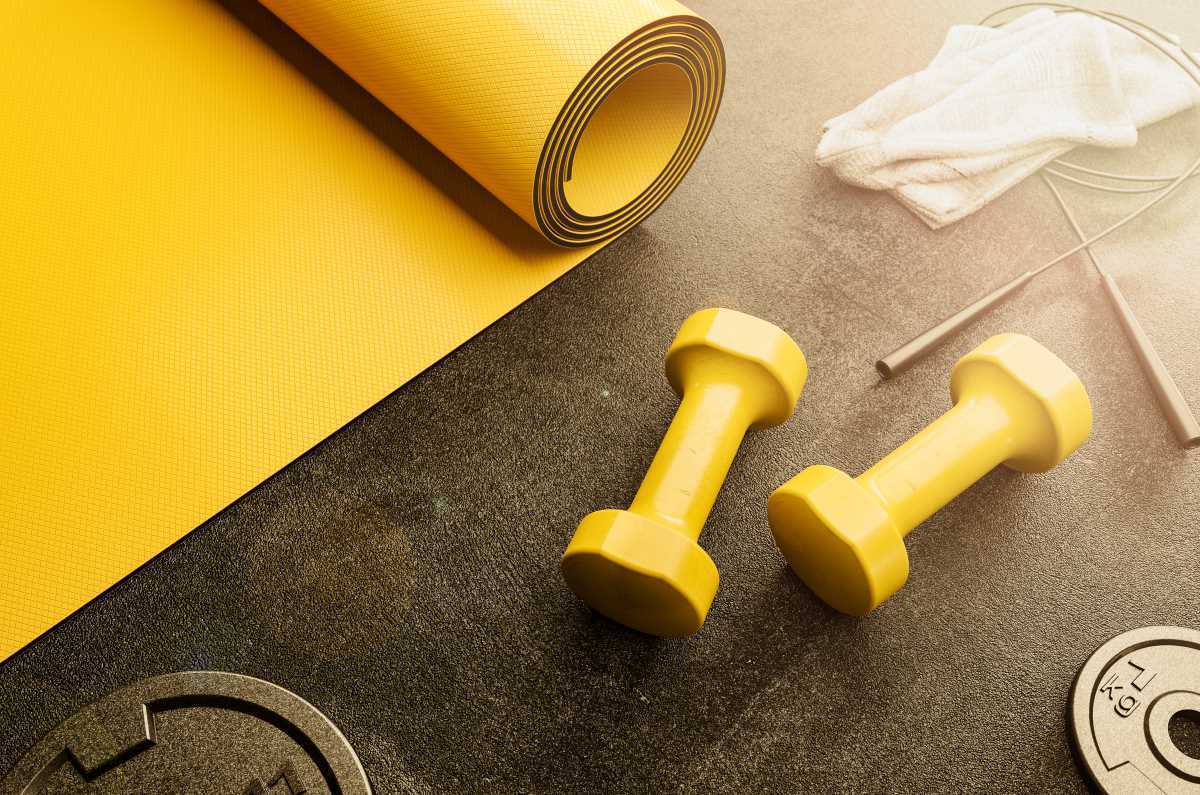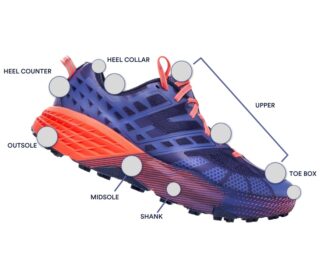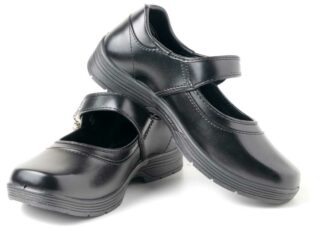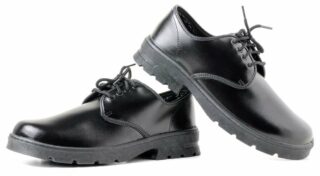Chronic (or persistent) pain is a common and complex problem affecting 1 in 5 Australians aged 45 and over.(1)
Dealing with chronic pain can be challenging. But there are many things you can do and resources available to help you manage. The first step starts with seeing your doctor.
Here are five reasons you should see your doctor about your pain.
1. You want to take control
Talk with your doctor about pain management programs if you want to learn about managing your pain more effectively. These programs are available in person and online.
Pain management programs aim to reduce the impact that pain has on your life. They treat you as a whole person and don’t focus solely on your pain. That means they address everything from exercise to mood, stress, goal setting, sleep, managing your activities, returning to work, and more.
By attending a pain management program, you’ll learn from doctors, physiotherapists, occupational therapists, nurses, and psychologists. They’ll provide information, advice and support to help you take control of your pain.
Talk with your doctor about whether a pain management program would be helpful.
2. You’re not coping with your pain
It’s important to talk with your doctor if you feel like you’re not coping, especially if:
- you’re taking more of your medicines than prescribed
- you’re mixing your medicines with other drugs, including alcohol
- you’re drinking excessive amounts of alcohol
- you’re having problems sleeping due to pain
- you’ve been feeling very low for more than a few weeks
- you’ve been missing work because of pain
- you’re more worried, frustrated and irritable than usual.
Your doctor understands that living with pain is difficult. They can work with you to find the right pathway to help. They can also refer you to other health professionals, including physical and/or mental health specialists.
3. You’re struggling at work
If you’re not coping with your work responsibilities or just getting to and from work has become difficult because of your pain, discuss this with your doctor.
Evidence shows that working improves general health and wellbeing for most people and reduces psychological distress.
That’s why finding ways to stay at work, even with chronic pain, is important. Your doctor can give you information and support to do this. They can also refer you to other healthcare professionals – e.g. physiotherapists, occupational therapists and specialist doctors (occupational physicians) – to help you stay at work.
And check out our resource WorkWise for info and tips to help you at work.
4. You’ve decided to stop taking your regular medicine for pain
You should talk openly with your doctor if you’re considering stopping any medicines. Some may need to be reduced gradually to avoid potential side effects. Your doctor will advise you on this.
5. You’ve noticed significant changes to your symptoms
It’s also important to be aware of other health changes that may occur. They can appear for various reasons, many unrelated to your pain.
However, if you’ve been experiencing any of the following symptoms, talk with your doctor:
- a sudden increase in the intensity of your pain
- sudden loss of muscle power in your legs or arms
- sudden change in your ability to empty or control your bladder or bowel
- a lack of sensation anywhere in your body
- sudden onset of pins and needles or numbness in either hands or feet
- sudden onset of poor balance or a lack of coordination
- unexplained and ongoing loss of weight
- sweats at night time
- moderate or severe pain at night or at rest
- new pain in your abdomen, chest or head which doesn’t go away.
These ‘red flags’ tell your doctor that something has changed. Changes in pain and other signs and symptoms are treated with caution. Your doctor will investigate potential causes to understand what’s happening and how/if to treat it.
Contact our free national Help Line
Call our nurses if you have questions about managing your pain, musculoskeletal condition, treatment options, mental health issues, telehealth, or accessing services. They’re available weekdays between 9am-5pm on 1800 263 265; email (helpline@msk.org.au) or via Messenger.
More to explore
- Managing your pain: An A-Z guide
Musculoskeletal Australia - Pain programs
Pain Australia - WorkWise: Working with a musculoskeletal condition
Musculoskeletal Australia
Reference
(1) Chronic pain in Australia, Australian Institute of Health and Welfare, 2020.



 .
.























